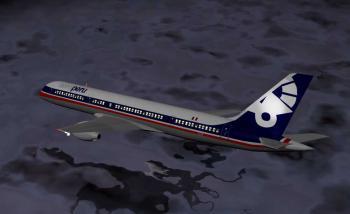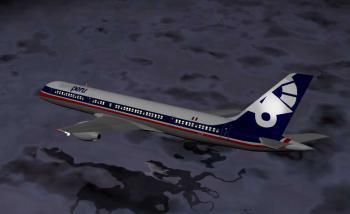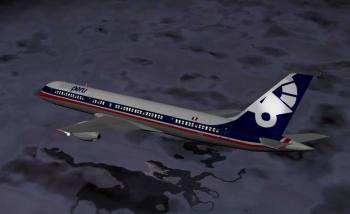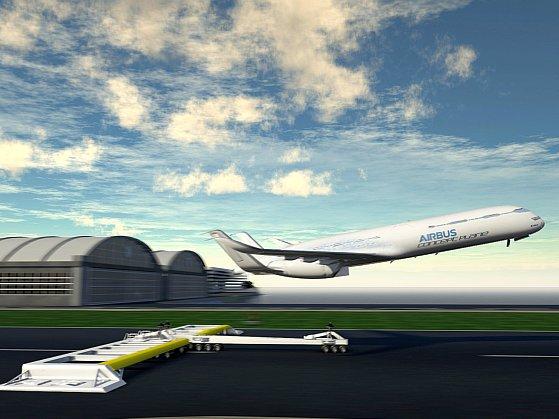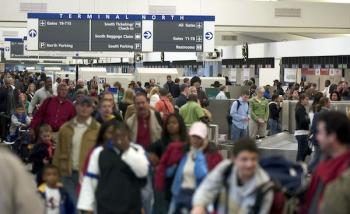Sophisticated computerized systems control virtually every aspect of a modern airplane and pilots must spend years of extensive training to master them. The safety of people on board and on the ground depends solely on pilots’ training.
Computers can’t solve every problem. They serve only as a tool for pilots to use and cannot substitute for pilots. Aviation history has proved that a single pilot mistake or computer malfunction can be responsible for a tragic accident.
Usually, flights run smoothly, but pilots must always be prepared for unforeseen circumstances. The following stories illustrate the importance of proper training for airline pilots.
Flying Blind
In 1996 Aeroperú Flight 603 was scheduled to fly from Jorge Chávez International Airport in Lima, Peru to Santiago, Chile. The aircraft was the safe and reliable Boeing 757—a new generation of passenger plane controlled by on-board computers.
Minutes after take-off, flight instruments began behaving randomly and pilots were puzzled. Contradictory emergency messages on altitude and air speed from the onboard computers prompted the crew to declare an emergency and request an immediate return to the airport
Without computers to guide them, pilots can choose to manually fly a plane. But this flight was at night over water, with no visual references to inform pilots of their true altitude. They were flying virtually blind.
On its return to Lima, the plane experienced multiple stalls resulting in a rapid loss of altitude, though flight instruments did not register any change. While the computer indicated an altitude of approximately 9,700 feet, the aircraft’s true altitude was in fact much lower.
Once the pilots believed that they were at a safe altitude they began their descent, approaching the airport relying solely on information from ground control. But the crew still did not have the guidance they needed. Approximately 25 minutes after the emergency was declared, the airplane crashed in the water killing all 70 people on board.
Recovered wreckage revealed that the airplane’s pitot tubes—instruments attached to the external fuselage—were covered with tape. Pitot tubes measure a variety of factors such as altitude, air pressure, and speed, and send this data to the onboard computer. Tape rendered the tubes incapable of relaying correct information.
Shortly before Flight 603’s scheduled departure, the aircraft underwent maintenance service. It is standard procedure to tape pitot tubes to prevent them from being damaged or clogged during maintenance, but servicemen forgot to remove it afterward.
This unfortunate accident gave us a deadly lesson on how dependent pilots have become on the automated on-board computer systems to fly modern commercial jets—and how hopeless they have become when these systems malfunction.
So pilots should not always rely too much on automation. They need to develop a clear understanding of who is behind the controls of the airplane at all times if something does not go as planned. They also need to know that if such a problem does arise, how to identify it and not allow the situation to deteriorate.
Through flight simulation pilots are exposed to the worst possible scenarios. Simulators force pilots to deal with problematic situations without endangering lives. Should these difficult circumstances arise in an actual flight, simulators give pilots the necessary skills to handle them, and to make the right decision at the right time.
